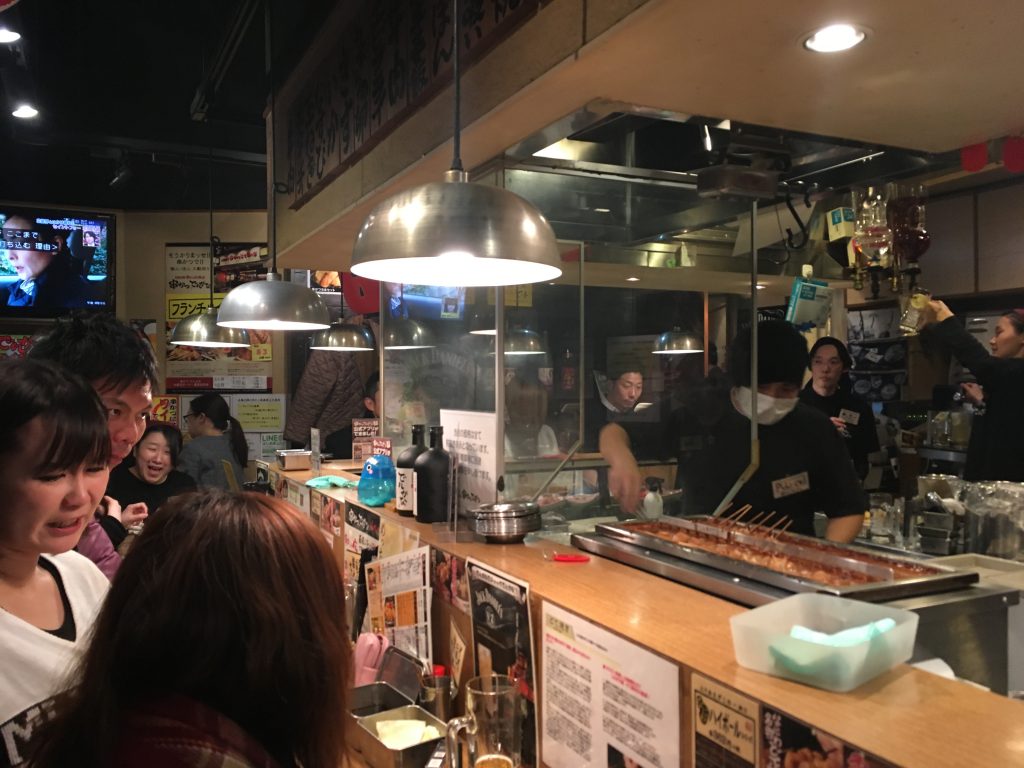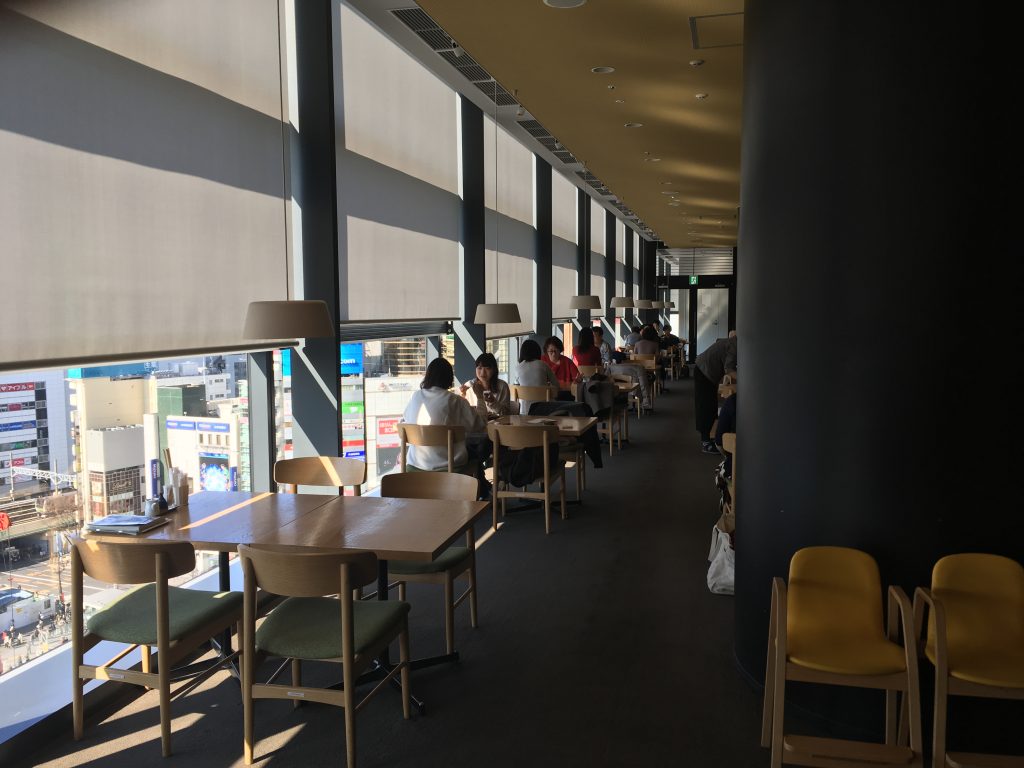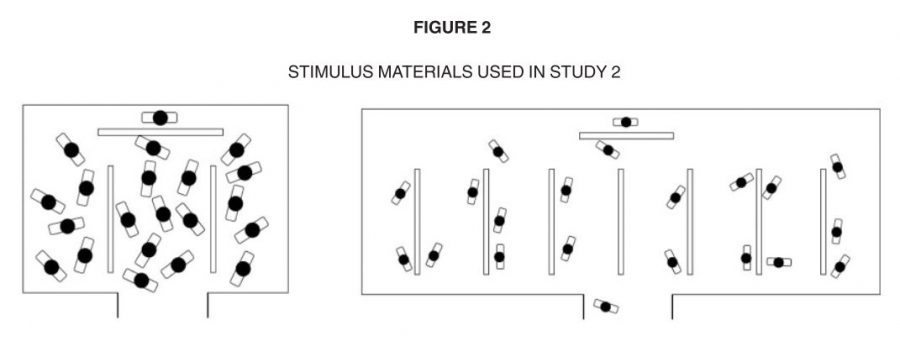Many Asians live on rice rather than bread. Since it used to sell in heavy bags, they did not have options to choose. However, people nowadays decrease the amount of food to consume and increase the diversity of means to enjoy. A wide variety of small-portion “meal kits” become highly popular. Certainly, rice is not exceptional.
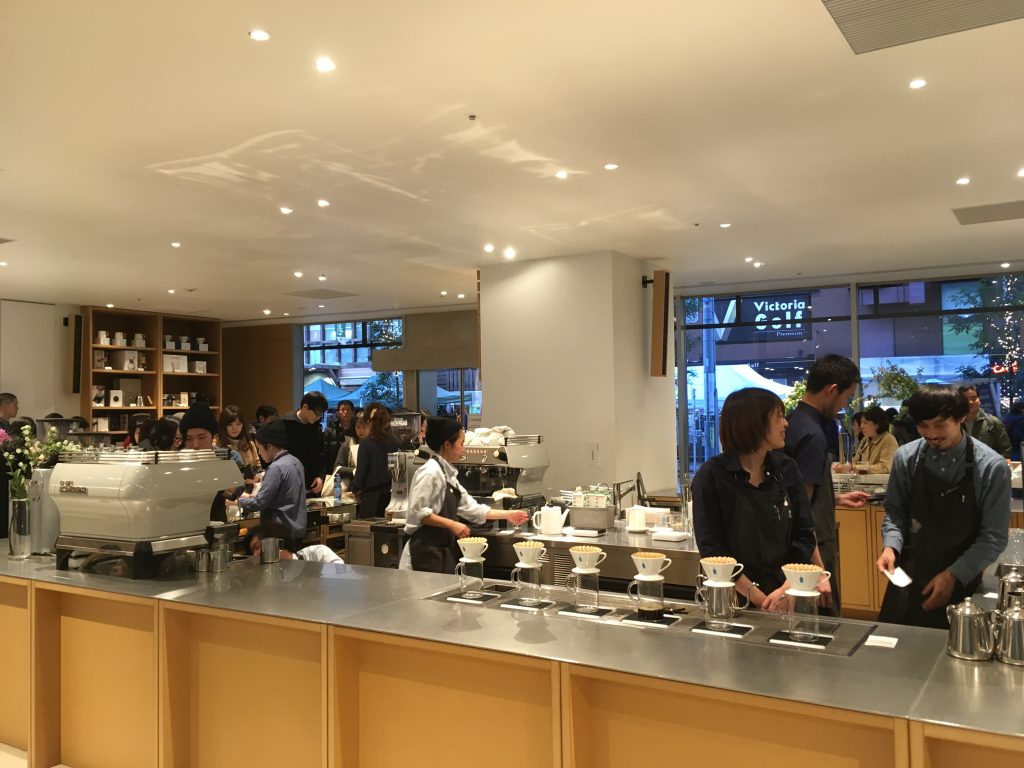
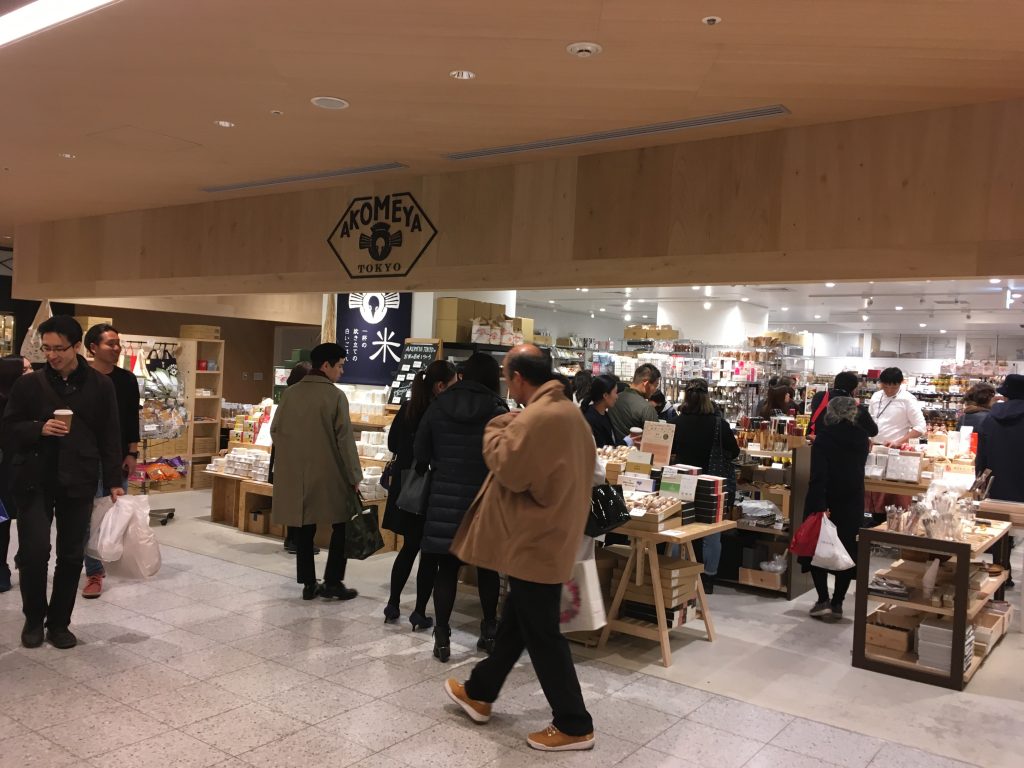
When I visited Tokyo, Japan, I found a store called Akomeya in Shinjuku area. This store is located across Blue Bottle and has more customers than it. When I entered this store out of curiosity, I found it sells small packages of numerous types of rice. In Akomeya, customers could make a choice out of many options, which does not usually happen when buying rice.
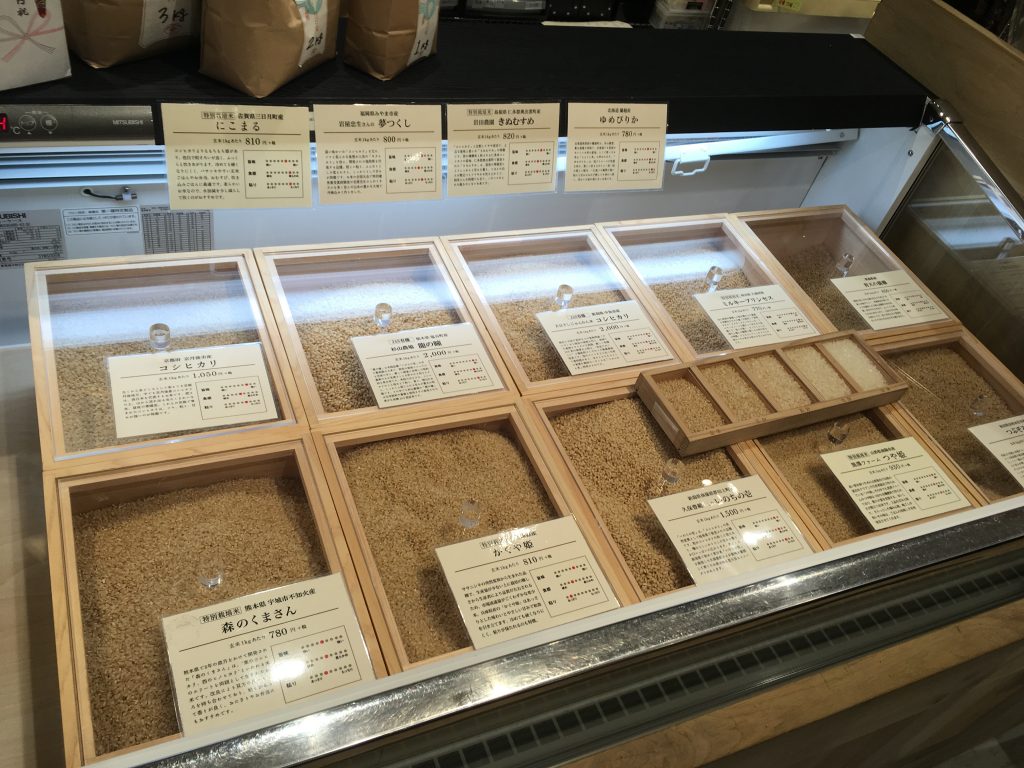
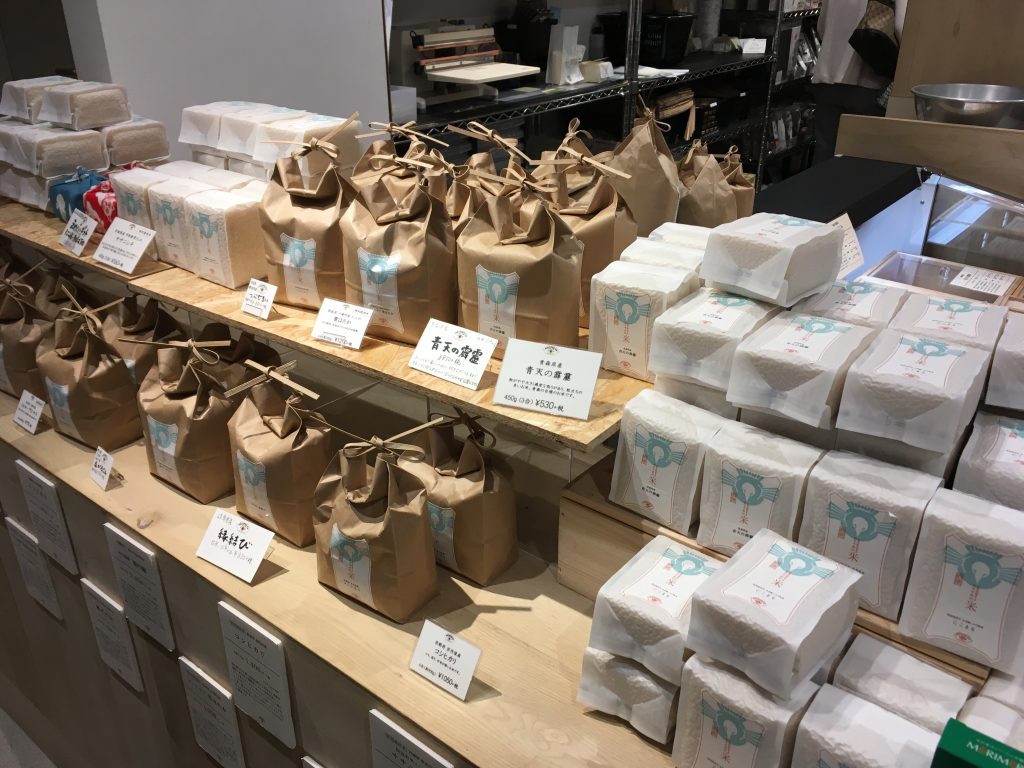
Although freedom of choice may not be a pillar of Western culture any more, it may still be attractive for Asians.
**
Reference 1
Mochon, D. (2013). Single-Option Aversion. Journal of Consumer Research, 40(3), 555–566.
This article documents single-option aversion, an increase in consumers’ desire to search when faced with a single option. This effect can lead to a product being chosen more often when competing alternatives are included in the choice set, contrary to various rational models of search, as well as to recent research on choice conflict showing that additional options can lead to higher deferral rates. A series of lab studies document this effect, differentiate it from other context effects, and test some of its boundary conditions. The results suggest that single-option aversion is not driven by the information provided by the additional options, that the desire to search is critical for this effect to occur, and that the effects of single- option aversion are not limited to the immediate choice set. These results have both practical and theoretical implications for the understanding of consumer search and choice deferral.

Indeed, in a more recent study with over 7,000 participants from six countries, researchers found that choice deprivation—a feeling of not having enough to choose from—not choice overload is the most common consumer experience in both trivial and highly consequential domains. And choice deprivation isn’t just more common—it’s also more harmful to choice satisfaction than overload.
**
Reference 2
Reutskaja, E., Cheek, N. N., Iyengar, S., & Schwartz, B. (2022). Choice Deprivation, Choice Overload, and Satisfaction with Choices Across Six Nations. Journal of International Marketing, 30(3), 18–34.
Whether consumers have too little, too much, or the ideal amount of choice can have profound consequences. The present research explores patterns of choice deprivation (having less choice than desired) and choice overload (having more choice than desired) across six choice domains in six countries that together provide home to about half the human population (Brazil, China, India, Japan, Russia, and the United States; combined N = 7,436). In most domains in most countries, choice deprivation was the norm—only in the United States was choice overload commonly reported. Deprivation was also more strongly related to decreased satisfaction with choices than was overload, suggesting that choice deprivation can be both more common and more consequential than overload. The present research has implications for “inverted U-shape” theories of consumer choice experiences and underlines the need for more diverse samples, including cross-cultural samples, in research on choice deprivation and overload.



